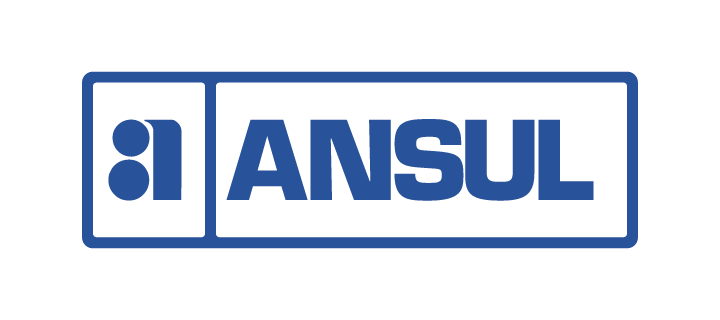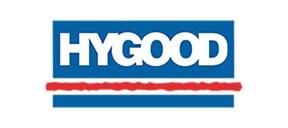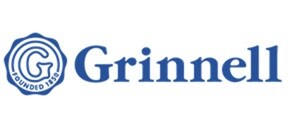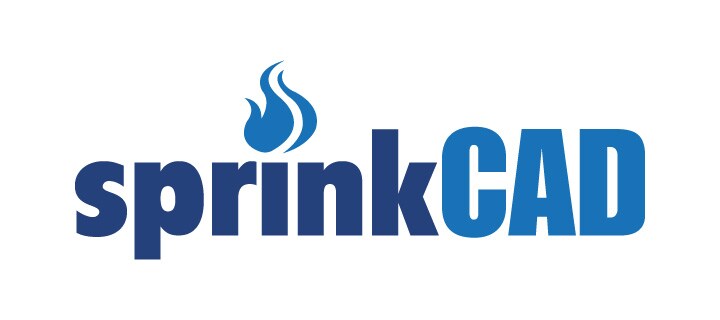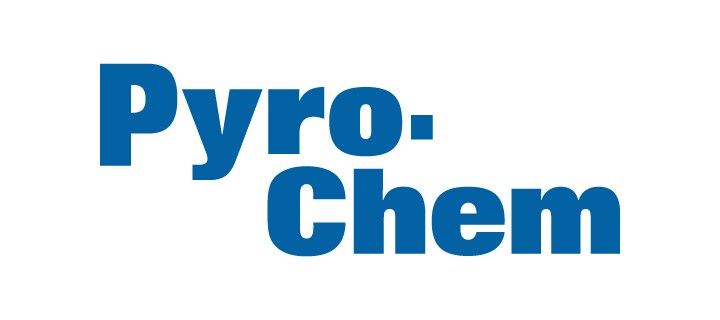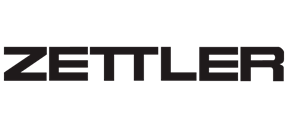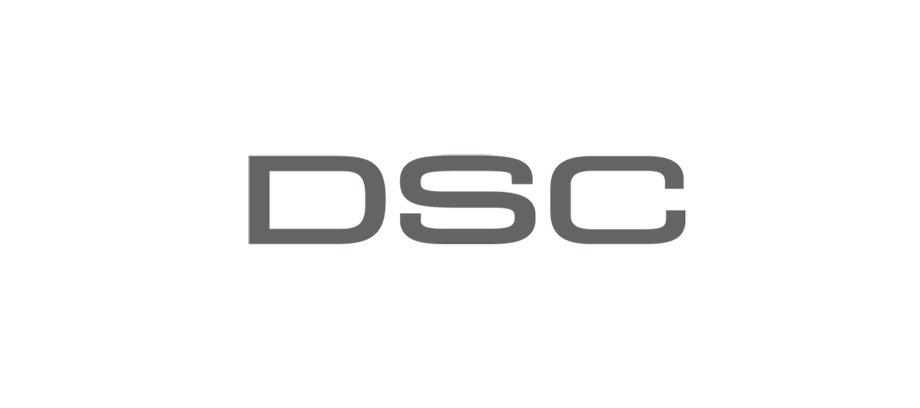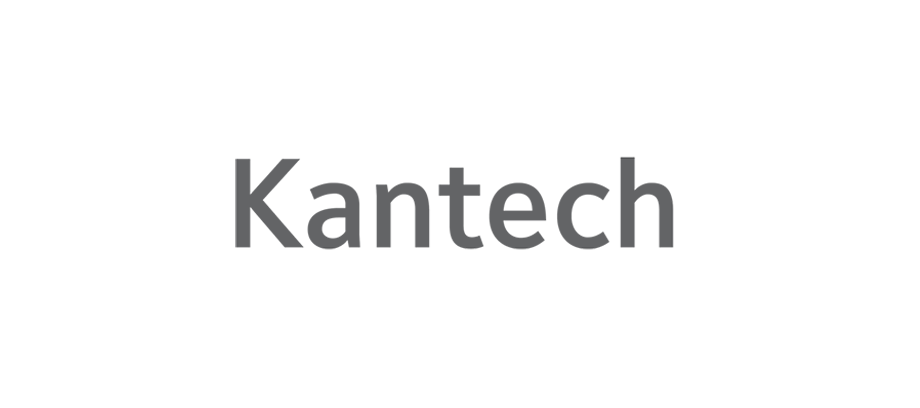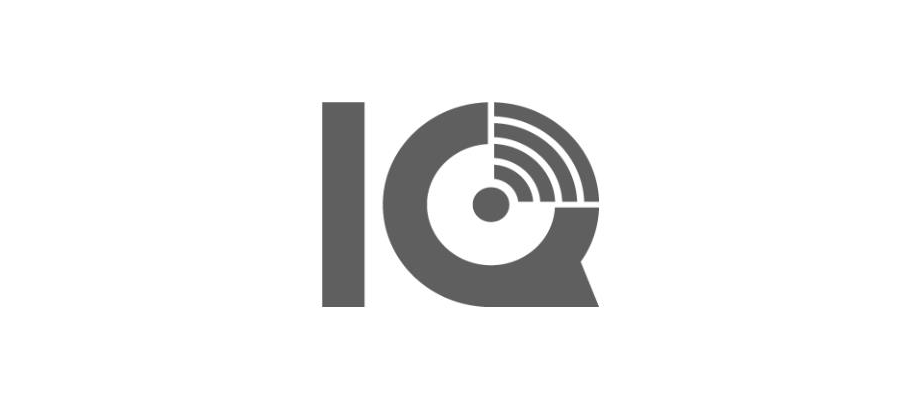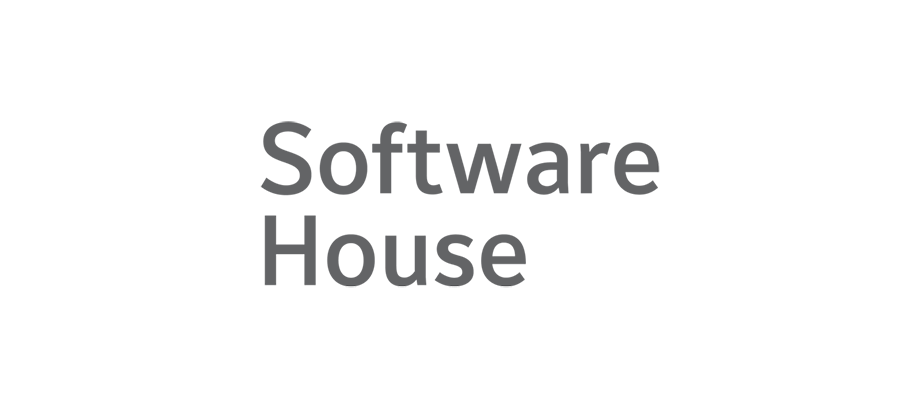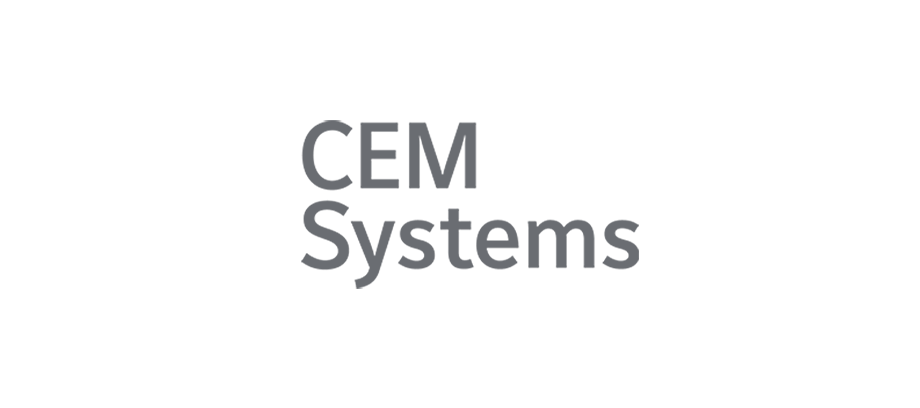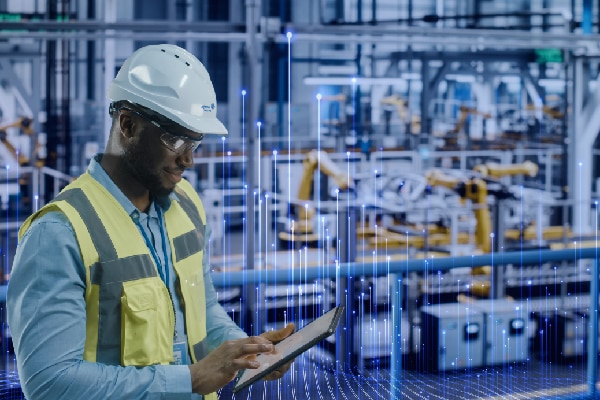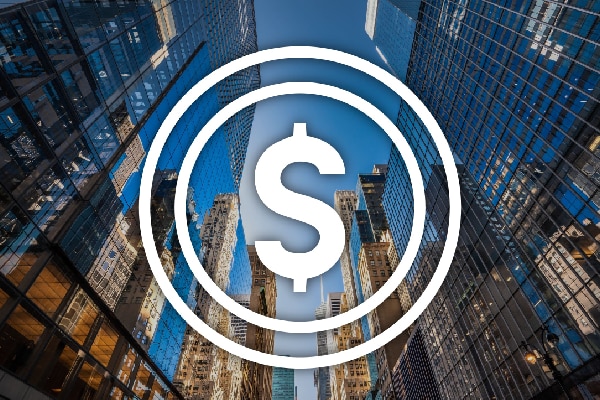- Johnson Controls
- Insights
- Smart building solutions: By tracking data beyond the problem you’re trying to solve, you can surface unseen value
Smart building solutions: By tracking data beyond the problem you’re trying to solve, you can surface unseen value
| Recently featured in Facilities Dive trade Magazine, Vineet Sinha, VP, Digital Enterprise SaaS and Customer Experience at Johnson Controls, explores how organizations can articulate the full spectrum of benefits of building automation systems to paint a more accurate picture of the return on investment. |  |
However, with challenging macroeconomic conditions, convincing senior management to invest in smart building technology has become more difficult. In the aftermath of COVID-19, organizations sought to become "future-proof" and "technology forward," embracing smart building technology to achieve these ideals. Despite this, smart building technology offers numerous opportunities, including cost reduction, space optimization, sustainability goals, and improved operational efficiency. To build a strong business case for these technologies, internal champions must demonstrate their advantages and benefits to the entire organization.
Smart building and workplace management solutions can empower organizations to reduce energy usage and optimize space. However, many companies initially deploy these systems to address a single issue, such as indoor air quality (IAQ). By limiting the technology to one issue, they leave value on the table. Monitoring IAQ can increase employee performance and reduce absenteeism, but it can also provide early warnings of suboptimal equipment performance, reducing wear-and-tear, energy waste, and greenhouse gas emissions.
Business leaders who understand the value of applying smart building tech across various use cases and can effectively track and report that value can drive increased adoption of smart building solutions to achieve business goals. Quantifying the impact of smart building tech often begins with energy consumption, but it also includes reducing greenhouse gas emissions. For example, reducing energy consumption by 1.3 million kWh can save over $170,000 and reduce the carbon footprint by 873 tonnes of CO2 equivalent. This reduction can lead to significant cost savings, especially as the price of carbon offsets rises.
Fines and fees associated with environmental reporting and building performance laws can also impact costs. Noncompliance can decrease a building's net operating income significantly. Additionally, the "social cost of greenhouse gases" (SC-GHG) set by the U.S. Environmental Protection Agency can be a useful metric in sustainability initiatives and cost-benefit analysis.
Building automation technology increases efficiency across various metrics, but accurately quantifying its true impact and value can be complex. Partnering with a provider who has a robust framework for tracking these metrics is essential. We can provide full visibility of a systems positive impacts and allow monitoring from within the product, eliminating the need for manual data consolidation.
Identifying, quantifying, and articulating the full spectrum of benefits will reveal the true ROI and risk management value of these solutions, making it easier for internal champions to create bulletproof business cases for future building improvements and automation capabilities.
Take the first step with us today and learn more about how to easily track essential metrics when building a business case to invest in Smart Building technology





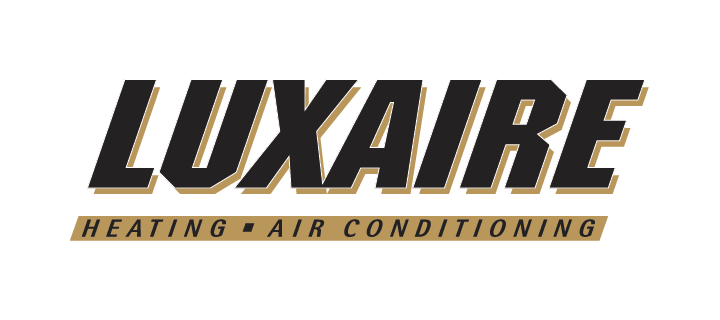


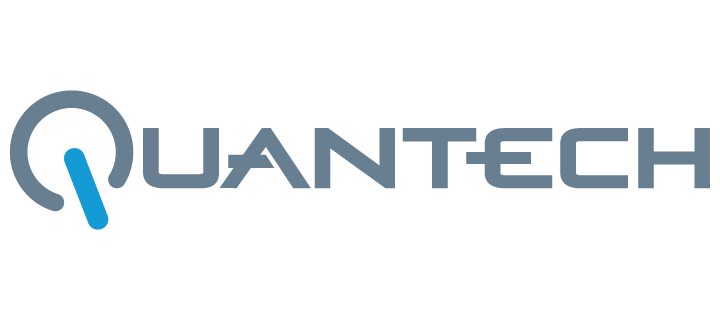

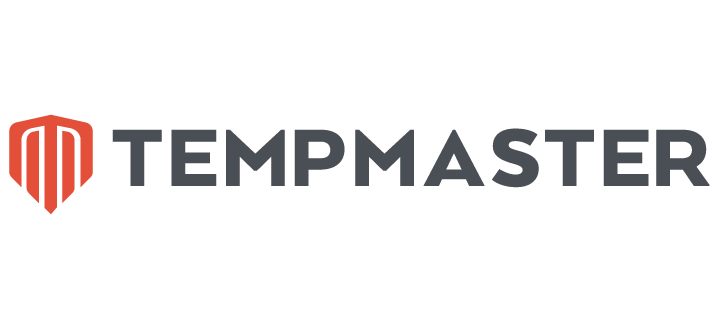

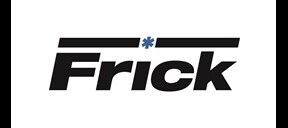
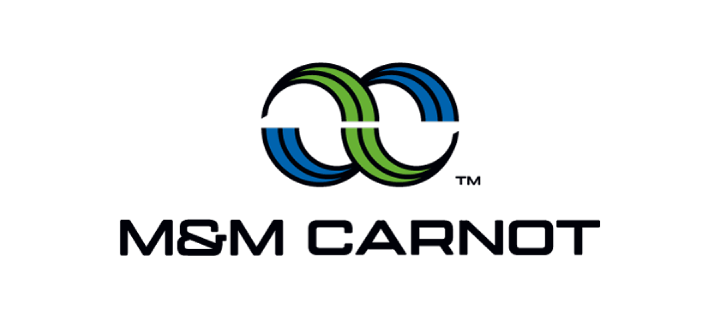


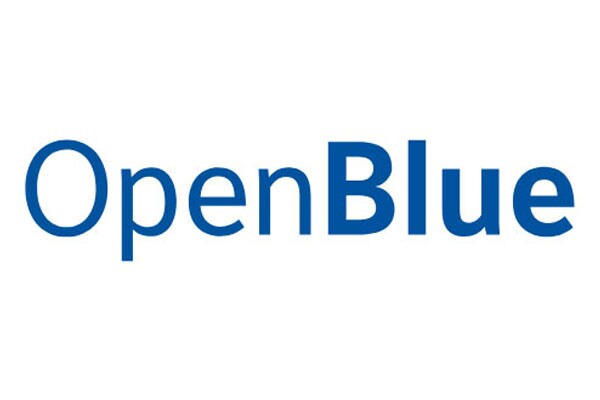
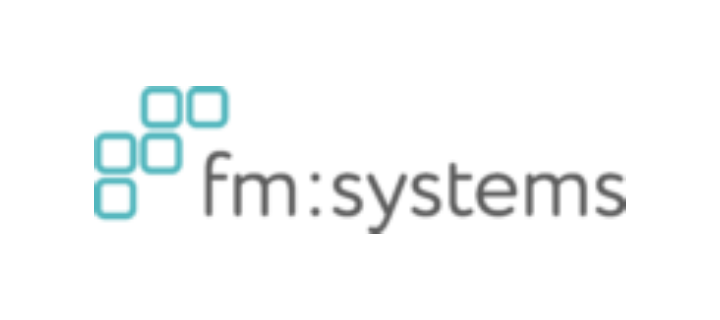
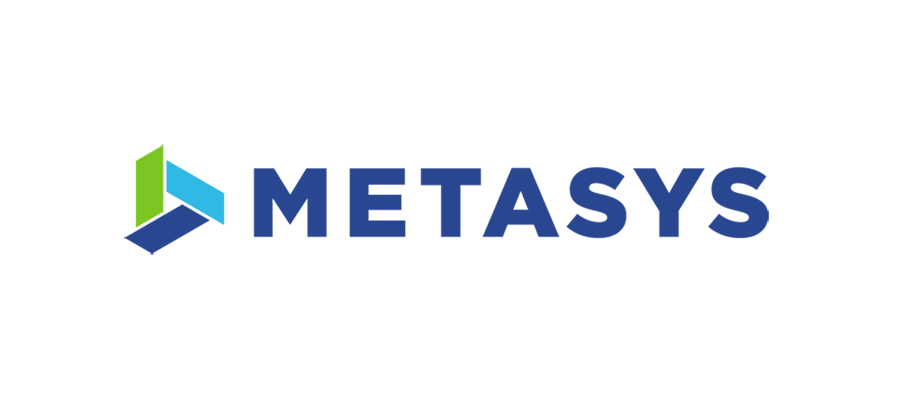


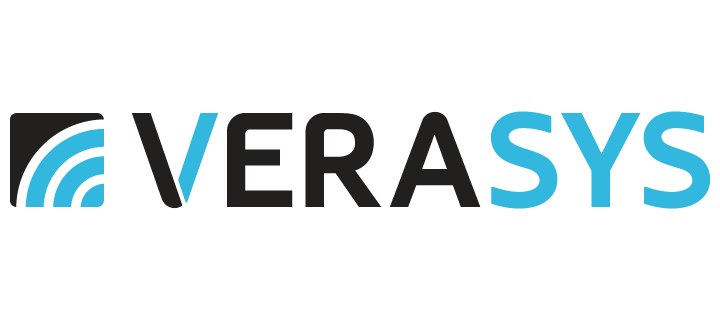
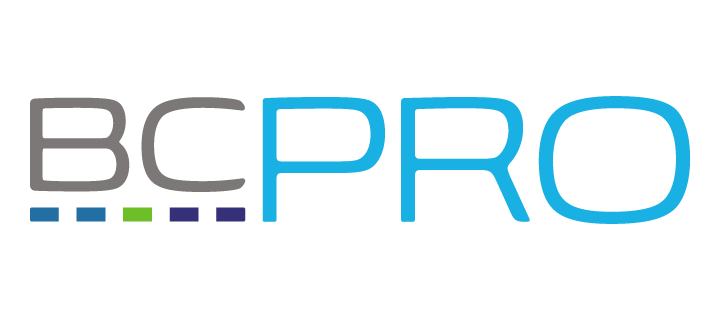


.png?la=en&h=70&w=157&hash=717A494A27ED61C45CEF95AC3A9C6309)
